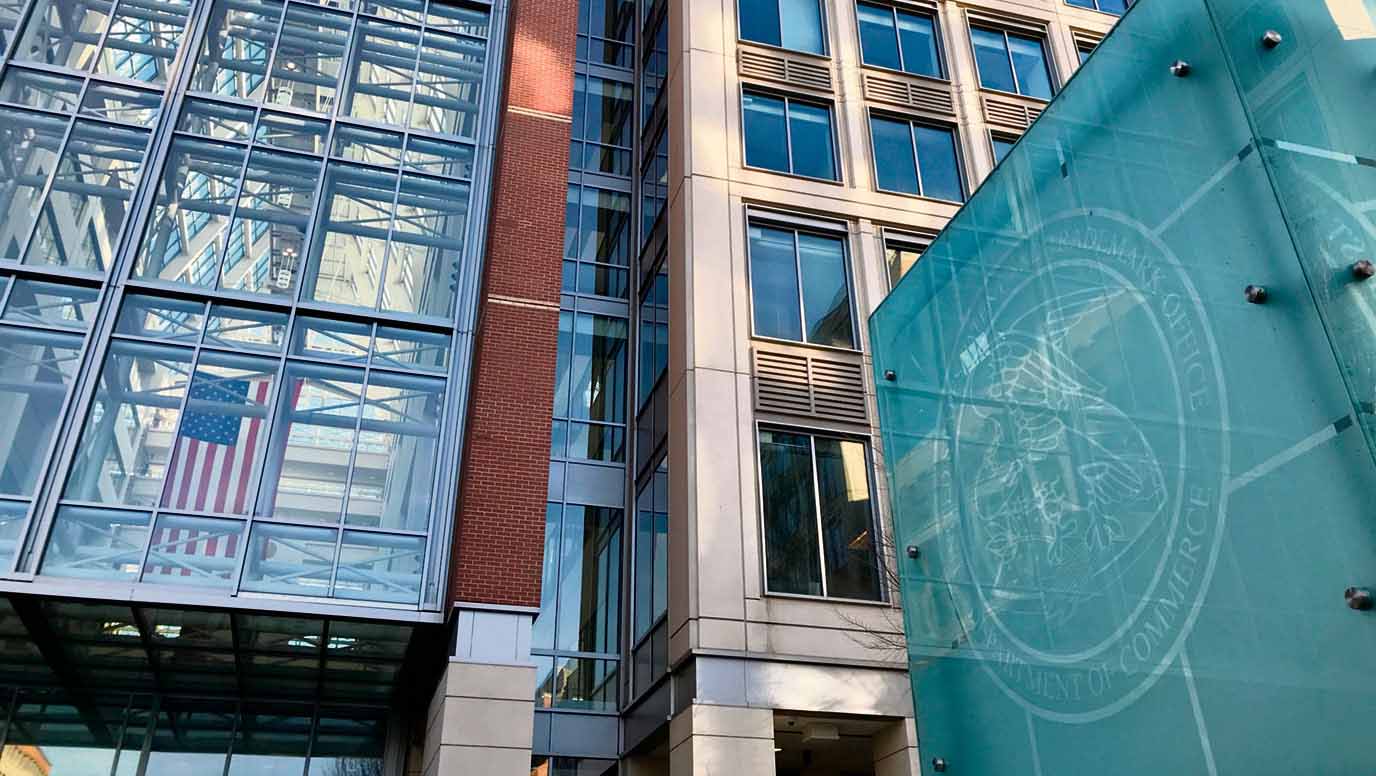More clarity to PREVAIL in the US patent system?

The first US Patent was granted to Samuel Hopkins in 1790, signed by none other than President George Washington, writes Daniel Shaw, Partner & Patent Attorney, J A Kemp.
Over two centuries and twelve million patents later, this year’s Presidential election has intensified political debate over how to make the best use of intellectual property for the public good.
There are also two legislative proposals in the works that are intended to simplify matters – at least with respect to patents.
A recent series of Supreme Court decisions has limited the number of inventions deemed eligible for patent protection in the USA in a wide variety of fields, including medical diagnostics, software and business methods. Many innovators are concerned that these so-called “judicial exceptions” to patent eligibility have undermined their ability to secure protection for, and investment in, their inventions.
The proposed “Patent Eligibility Restoration Act” (PERA) seeks to provide clarity by removing all judicial exceptions to patent eligibility and establishing that only certain explicitly defined subject matter (such as a natural process wholly independent of human activity) is ineligible for patent protection.
Although some argue that PERA would remove incentives for development in future unknown fields, it has drawn support from stakeholders and policymakers on both sides of the aisle.
Away from the courts, some argue that the Patent Trial and Appeal Board (PTAB) of the US Patent and Trademark Office (US PTO) has become a forum where patent claims are too frequently invalidated, and that this has weakened the USA’s ability to compete on the global stage.
Intended as a quick, low-cost alternative to challenging a patent in court, some stakeholders complain that the PTAB is being inappropriately used as a supplement to litigation.
Certainly it appears that a large proportion of PTAB proceedings also have co-pending proceedings in another forum, such as a federal district court.
The proposed “Promoting and Respecting Economically Vital American Innovation Leadership” (PREVAIL) Act was introduced to Congress in June 2023. This aims to reform the PTAB for the benefit of patent owners, for example by prohibiting duplicative proceedings.
Previous versions of PERA and PREVAIL have appeared on the legislative agenda in the past with little success, so it remains to be seen whether either will become law.
Further progress will certainly need to wait at least until after the Presidential election in November.


